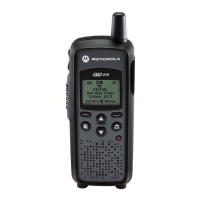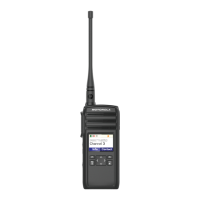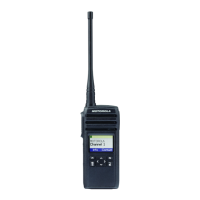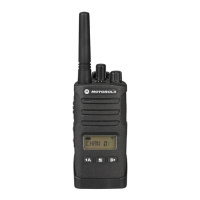What to do if my Motorola Cell Phone has poor audio quality?
- JjonathanfreemanSep 12, 2025
If you're experiencing poor audio quality on your Motorola Cell Phone, it could be because the radios are too close together; they should be at least 5 feet apart. It could also be because the radios are too far apart or obstacles are interfering with the transmission.






